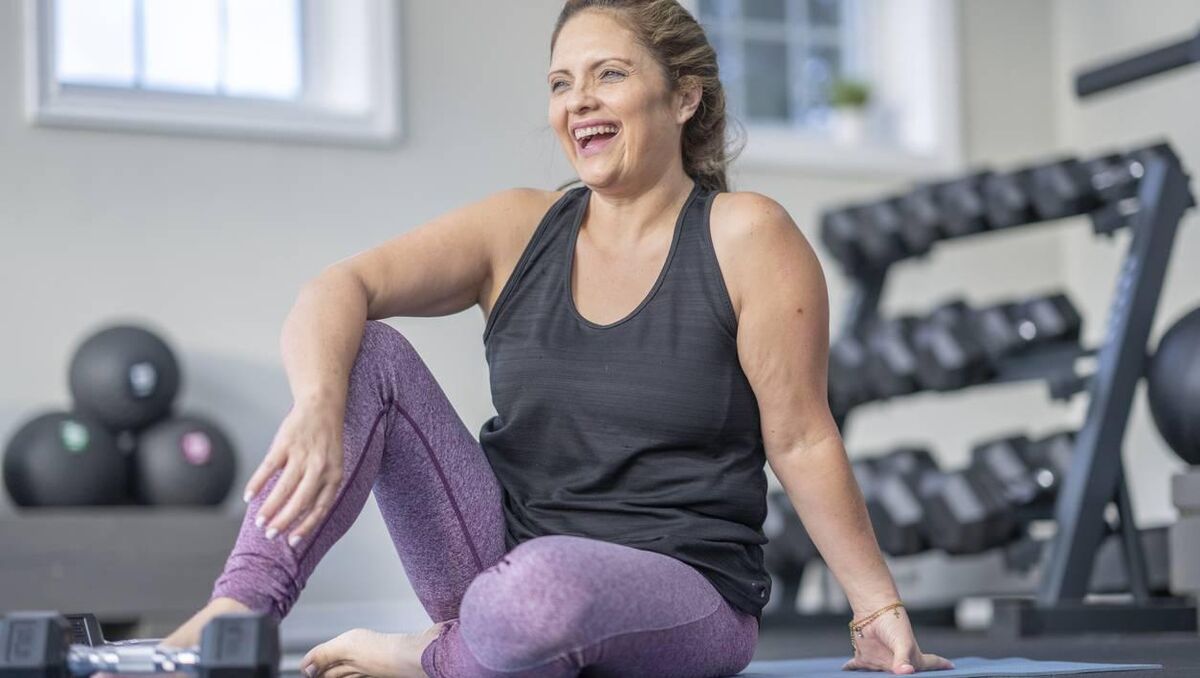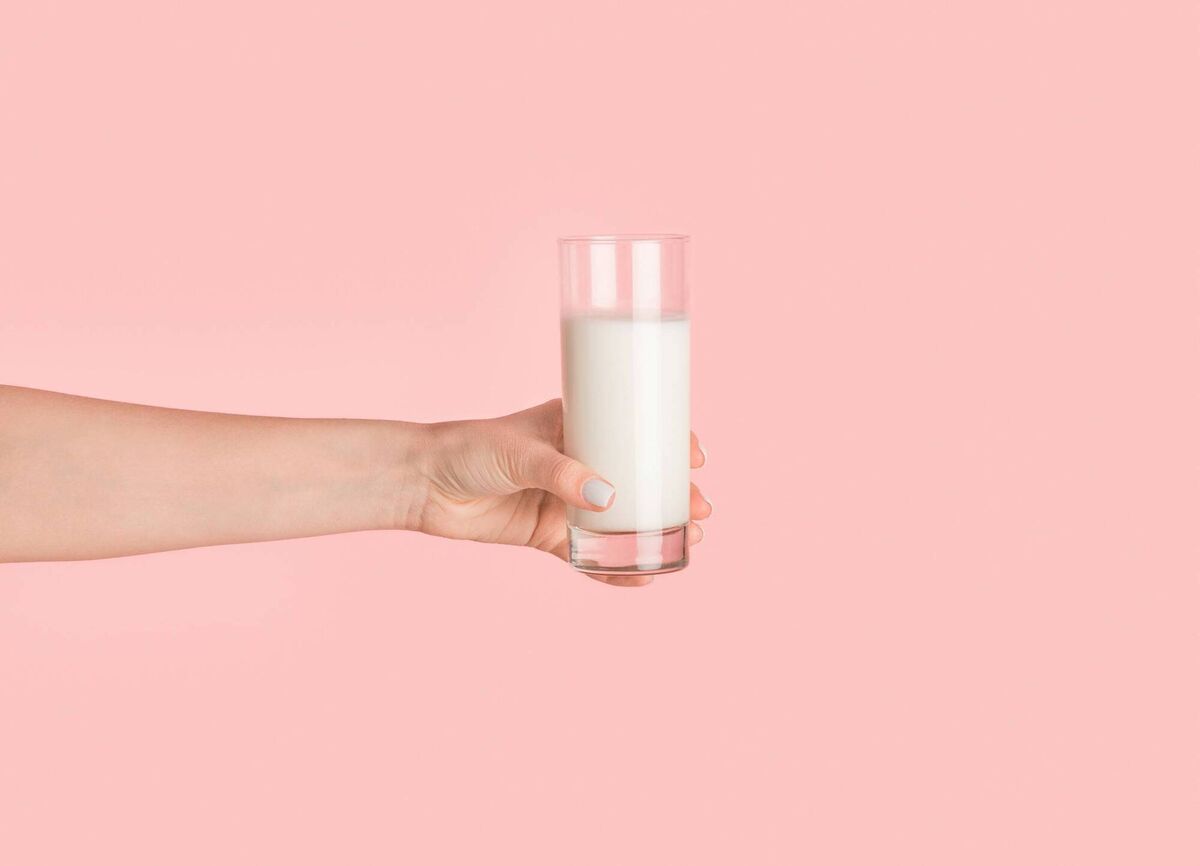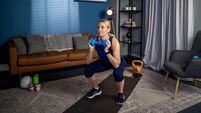How to start lifting weights and build muscle in mid-life

You've bought a kettlebell or a set of dumbbells, but do you really know what you should be doing with them? Picture: iStock
As a rough guide, women starting from scratch should invest in 3-5kg dumbbells and men 4-6kg. However, there is huge variation between individuals and even with the weight you can lift for different exercises. A set of dumbbells in various weights is a worthwhile investment.
“Rather than state an absolute starting weight, I prefer to apply the rule of thumb that you should lift a weight that allows you to have two reps in reserve, but no more,” says George Morris, an exercise physiologist and strength and conditioning coach.
“That means that if you are performing 12 repetitions per set, you could maybe lift 14 at a push, but the weights are too light if you think you could lift 14 or more times.”
Lifting too heavy is tempting, but not a good idea.
“If you are not adequately conditioned or have poor technique, your muscles, connective tissues, and bones are at risk of injury when you lift too much too soon,” Morris says.
“You will also most likely experience excessive delayed onset muscle soreness, or DOMS, which can leave you sidelined from exercise for a few days, sort of defeating the purpose.”
Certainly, don’t fall into the trap of what US surgeons reporting in the termed “ego-lifting”, defined as sacrificing “good technique in pursuit of better numbers or metrics and proves hazardous, especially to the inexperienced participant”.

Physical activity guidelines set by the HSE suggest that, as a minimum, adults should do “muscle strengthening activities at a moderate or greater intensity that involve all major muscle groups” on two or more days a week.
Although this doesn’t have to be weight training — resistance band exercises and bodyweight workouts also count. The HSE recommends starting with exercises such as chair squats if you haven’t strength trained before, progressing to weights later on.
Most trainers agree that three to four times a week is optimal, if possible, ideally on non-consecutive days.
Compound movements that involve multiple muscles and joints — such as squats, lunges, pull-ups, bent over row and thrusters — should always form the basis of any weight training programme, partly because they provide better bang for your buck by using up more energy.
Exercises for smaller muscles, such as the biceps and triceps, should ideally be reserved until the end of a gym session.
Lifting weights in a slow, controlled way has been shown to result in greater strength gains than speedy repetitions, the theory being that it extends the time muscles are under tension.
However, a study in Sports Medicine journal revealed that it is more beneficial to slow down the lowering, or eccentric, phase of a movement, and focus on a more powerful concentric or upward phase.
“Being in control is the thing to focus on with weights,” Morris says. “It is much better to go slowly, particularly in the lowering phase, than to aim for fast repeats.”
Most people don’t think past protein when eating for stronger muscles, but researchers stress that plenty of vitamin C — present found in citrus fruits, berries and vegetables — is also essential for muscle maintenance.
Findings in a study involving 13,000 adults, published in the showed that those with higher amounts of vitamin C in their diet or blood samples had higher skeletal muscle mass, compared to those with the lowest intakes.
“There is no performance benefit from taking vitamin C in supplement form unless you are deficient,” says Anita Bean, registered sports nutritionist and author of .
“It’s best to get it from food, and top sources include peppers, blackcurrants, broccoli, and kiwi fruit.”
Protein is essential for supporting muscle repair, recovery and growth. Our ability to digest and utilise protein declines as we get older and there is evidence that people who exercise a lot at a very high intensity need a higher intake, but not as much as we might think.
If you exercise intensely and more frequently, scientists at McMaster University in Canada suggest intakes of up to 1.6g per kg of your bodyweight — that’s 96g or five to six portions — to support muscle health in middle age.
A new study recently published in suggests that endurance runners and triathletes might need as much as 1.8-2g of protein per kg of bodyweight to fuel their volume of training.
There’s also no need to spend a fortune. Scientists have shown that drinking a glass of milk will enhance post-exercise muscle protein synthesis, reduce post-exercise muscle soreness, and offset hunger pangs in addition to replacing the fluid lost in sweat.

A 2020 review in the journal showed that consuming at least 40g of casein protein, the type found in milk-based foods, approximately half an hour before sleep and after weight training that evening, can aid muscle recovery and growth.
Cottage cheese is another option. Two tablespoons before bed was shown to boost muscle recovery and metabolism as effectively as commercial protein supplements in a group of women who took part in a study at Florida State University.
The HSE recommends starting with exercises such as chair squats if you haven’t strength trained before.

Celebrating 25 years of health and wellbeing










